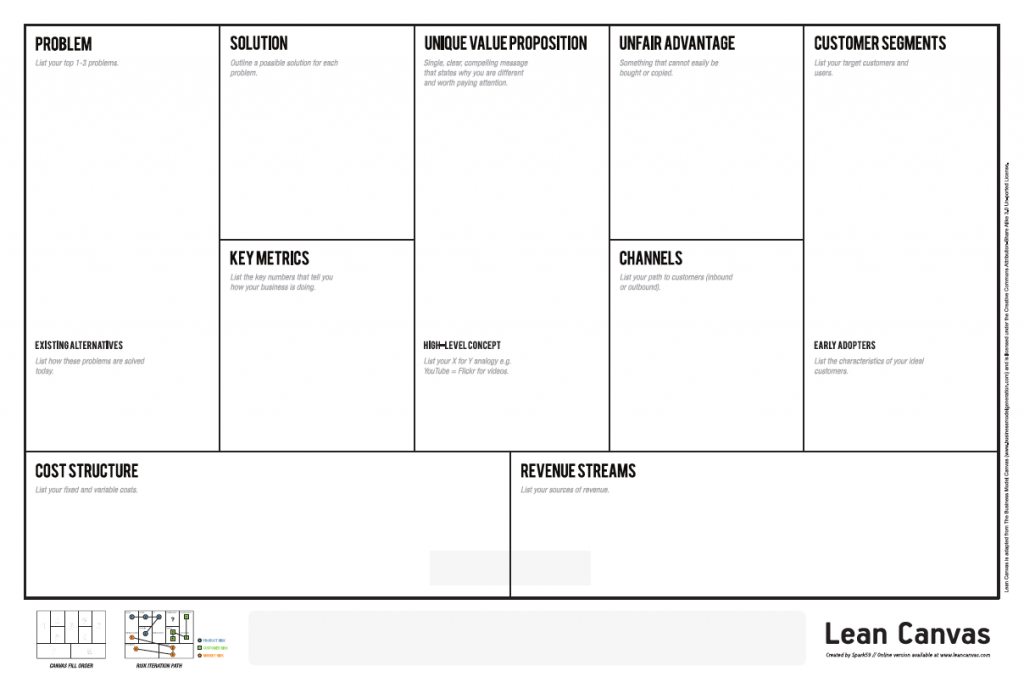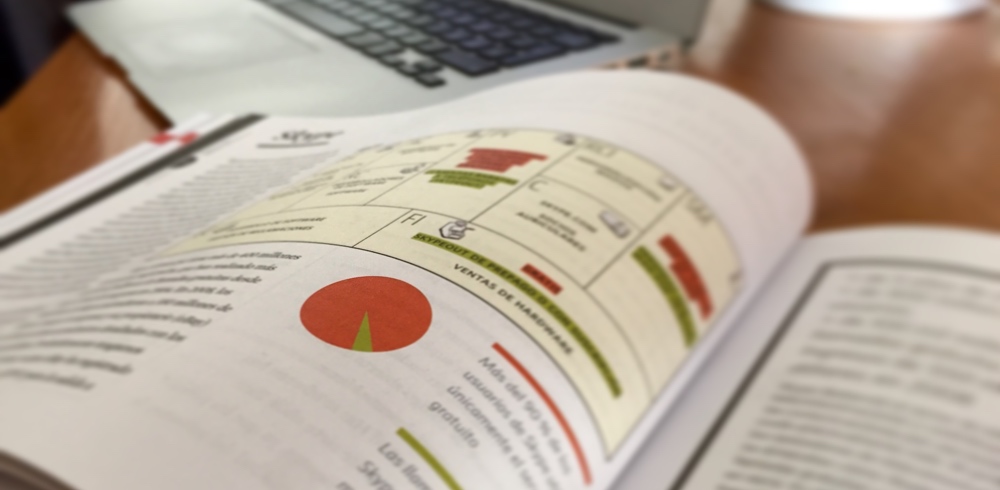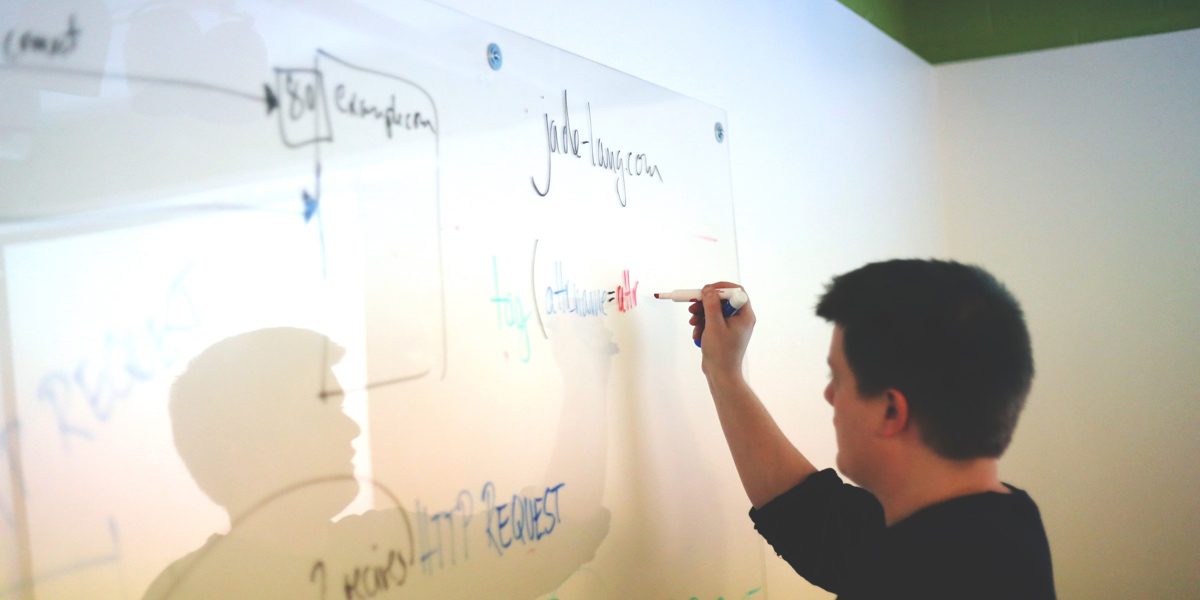If you are reading this post, it means you have taken the first step towards creating a blueprint for your business. It’s great!
However, I’ve seen many people get this far and then do nothing.
Don’t be one of them.
The top two reasons people often cite for not completing their canvases are:
- I was too busy.
- I needed more information/help.
Let me tell you something about it…
1. I’m too busy to complete my lean canvas
I see…. so you have time to watch “Game of Thrones” but have no time to build your canvas and take your business to the next level…. Ummm…. really? 😉
Don’t worry, you have enough time to watch series and complete your canvas because it’s super fast to create. Believe me.
If you spend over 20 minutes creating your first canvas, you are probably doing it wrong.
The goal isn’t perfection! Yes, you heard me correctly. The goal is taking a snapshot of your idea. Nothing more than this.
You’ll have lots of time to revisit and refine from the first version.
2. Need help to complete my lean canvas
Perfect! Here we are to help with it 🙂
Let’s look at every single part of the lean canvas and go step by step. This is the lean canvas model by Ash Maurya:

How to complete my lean canvas
As you can see, there’s a clear delineation down the middle, on product versus market and a brief description of each block.
Let’s see how to think/validate each block in the order that Ash Maurya recommends:
1. Problem:
Add a short description of the top 3 problems you want to solve.
2. Customer Segments:
Who are the customers/users of this product/service? Can they be segmented into little segments? For example, amateur bloggers and pro bloggers.
Note: If you have multiple target customers, for example, business owners and bloggers, create a separate canvas for each one.
3. Unique Value Proposition:
What is the primary reason you are different? What is the reason your users/customers will appreciate it?
4. Solution:
What is the minimum viable product (MVP) that demonstrates the unique value proposition?
5. Key Activity:
Describe the key action that will lead users to revenue or retention.
In Hoshinplan, our key activity is “invite collaborators”. If one of our users invite their teammates, we are on the right path.
6. Channels:
List the channels you can use to reach your customer.
7. Cost Structure:
List all your costs: fixed and variable ones.
8. Revenue Streams:
Identify your revenue model – subscription, ads, freemium, etc. and outline your back-of-the-envelope assumptions for lifetime value, gross margin, break-even point, etc.
9. Unfair Advantage:
This is the hardest one to fill correctly. Most founders list things as competitive advantages that really aren’t.
The unfair Advantage is something that cannot be copied or bought.
You may think about how you can make yourself different and make your difference matter at the same time. It’s not easy to find.
So that’s it. You got it! Follow the steps and go ahead with your lean canvas. You only need 20 minutes (half of a Game of Thrones episode…).
P.s. If you liked this post, then two things come next:
1) Leave a comment and tell me if you’ve done your canvas. We love comments!
2) Tell a friend, your Twitter followers or your Facebook network about this blog 🙂



